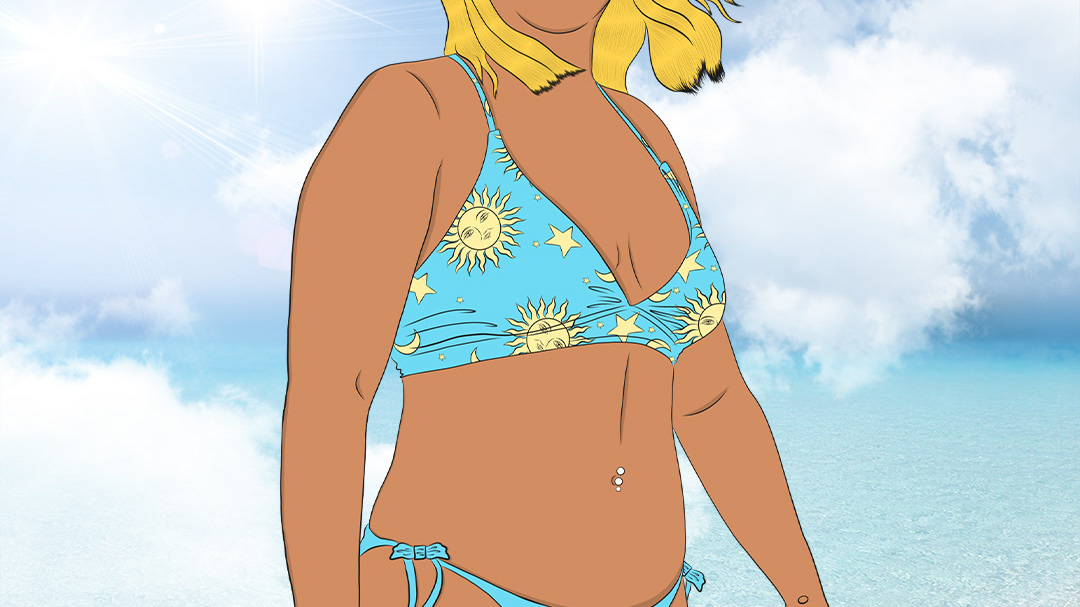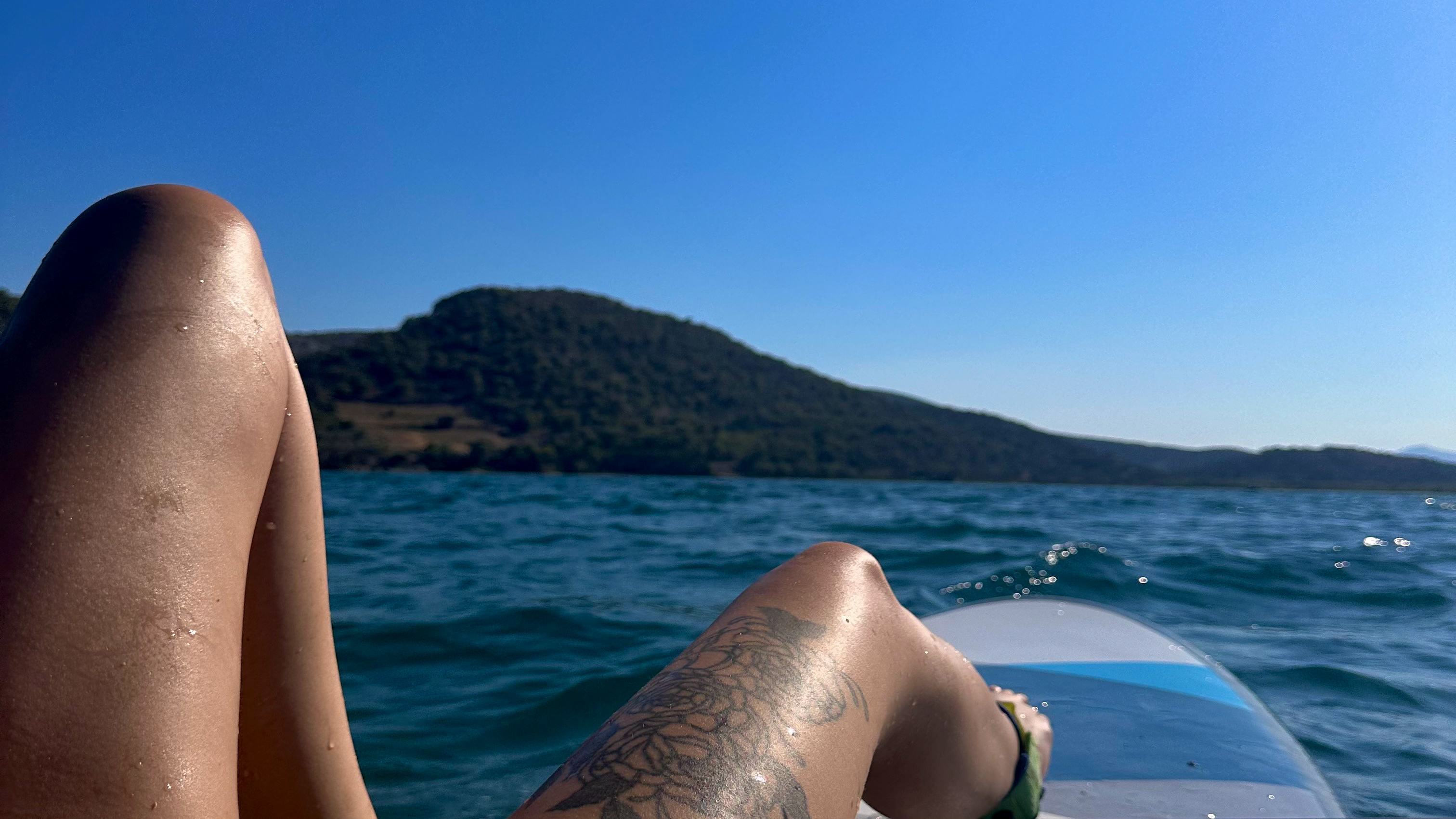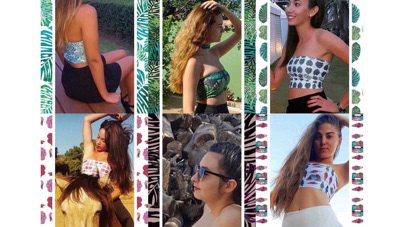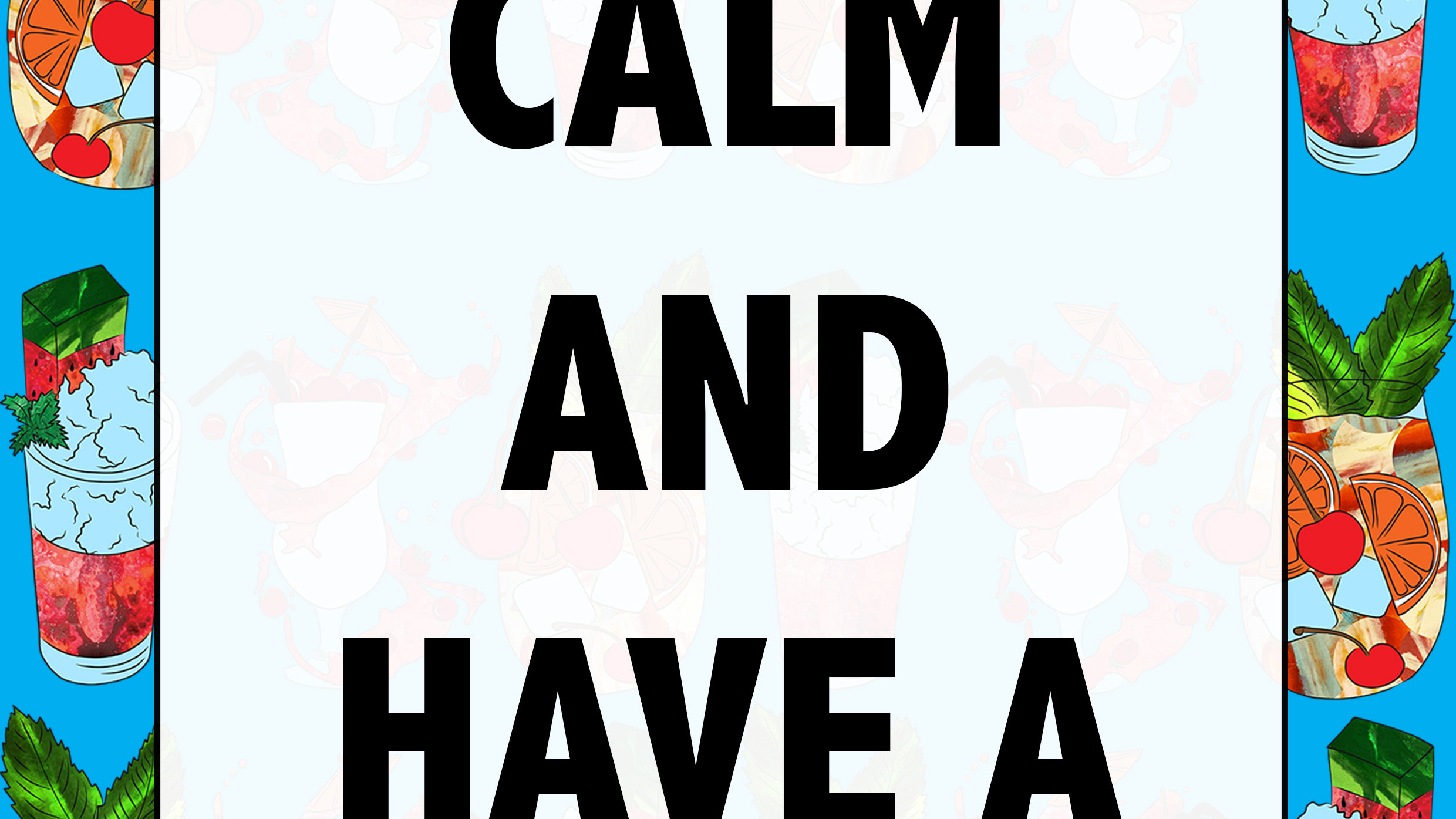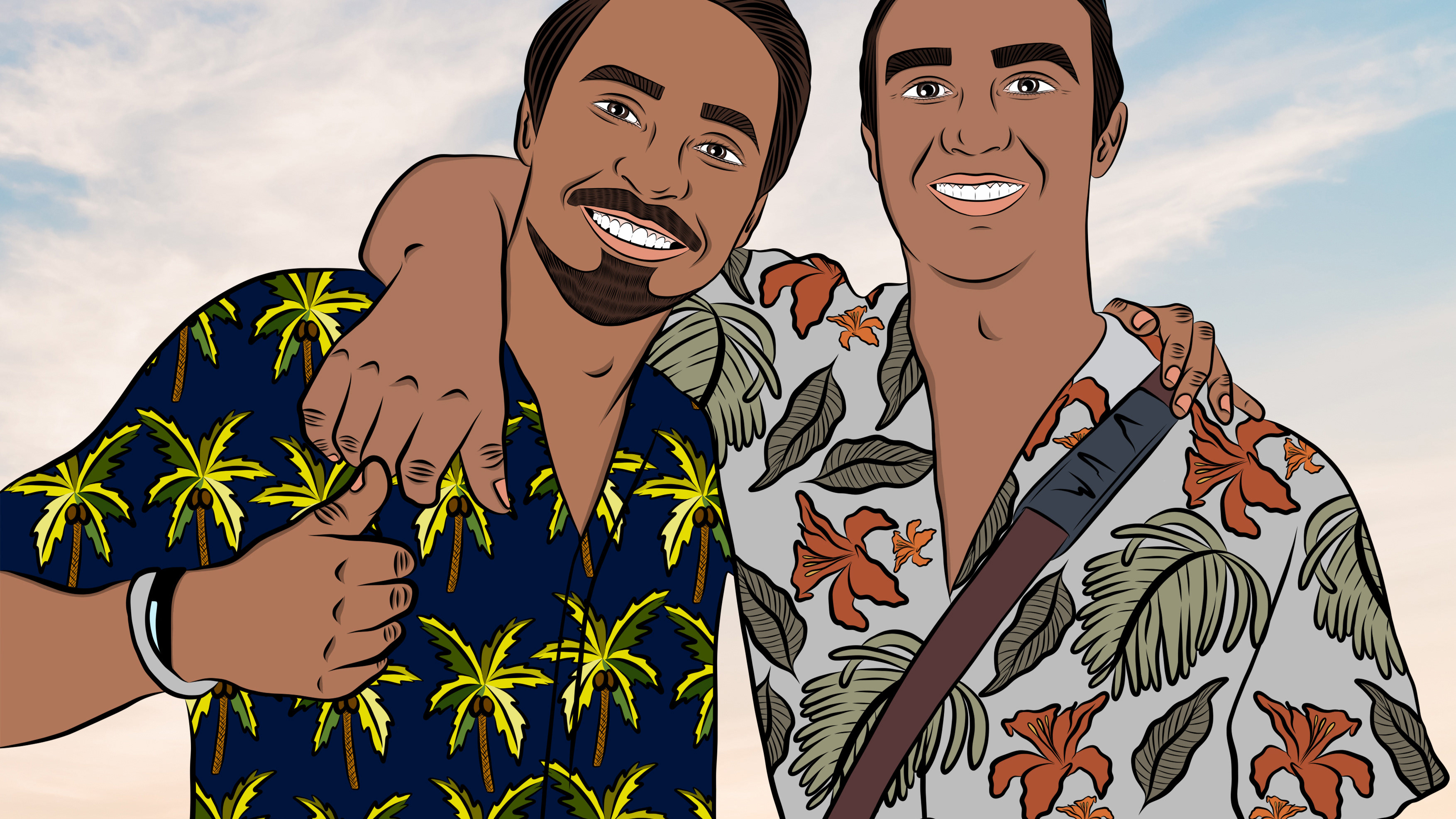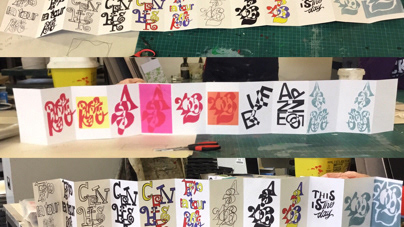Mars UTOPIA 2220
Mars Utopia was the second life brief I decided to take part in. When introduced to the brief to conceive a utopian society on mars, two hundred years after colonization, formed by humans but decoupled from the pressures of earth. I decided I would create a society structured according to different ideas and values to earth. I found it interesting and challenging, I could create anything, it reminded me of something we did at school called ‘invention convention’. I also liked the fact that I could have a break from my other briefs and focus on something new. I liked the fact that we could literally create anything as long as we explained the concept and reason behind it. I researched on the topic Mars on my own and also had interesting and useful sessions in the class where we spoke about language, symbols, fashion, religion, race, animals, currency, reproduction… We also got given some novels, movies, and artist to inspire us and use as guidance. At first, I was going to work individually, I had decided I would focus my idea on the libertarians given that it covered both, anarcho-fabricators and liberal-roamers within the four scenarios we were given. My idea was to create an eco-friendly planet, where the priority would be the fauna and flora. I felt humans have already ruined one planet (earth) and didn’t deserve the chance of repeating the same mistakes again (pollution/ war/ hunting...). I began to think about how I would represent this idea in a storyboard and where would I place the human race if they weren’t to live on Mars. After discussing this idea with a few students from outside the course and debated about some of the errors I could possibly be facing, I began the production. The fauna and flora would be on half of Mars when creating a greenhouse where gravity and temperature would be adequate for every living creature. The other half of the planet mars would remain red, where I would have solar panels for a renewable free source of energy to have the greenhouse going and the space shuttle where humans would live in. Humans would only be allowed on the planet for a maximum of 2 hours to check on the animals and plants, to collect fruits and vegetables, to explore and have a break every now and then from the space shuttle. Romana, a classmate, asked if we could possibly work together and combine ideas. She is a photographer and was planning on creating the first camera on mars. We both worked at the studio and had a few other sessions outside of uni to create the polaroid camera out of recycled materials and paper mache. When producing the posters, we looked at space jokes online and ecofriendly quotes. We made the decision of using the colors red to represent the planet, black to represent the emptiness of space and yellow for the stars. These colors are used in a repetitive way throughout our 2 posters, polaroid camera, and storyboard. We were also capable of creating motion graphics with some of my illustrations and printed the flight ticket and mail stamp individually for the exhibition. We both made the effort of signing up for the exhibition and publicity group, where we made a small trip to the convention house at East street arts. This helped us decide on the sizing of our work for the final production. We printed twice due to some spelling and grammatical errors in the first storyboard, this was also an opportunity to change the storyboard from an A1 to an A0 size.
You may also like
